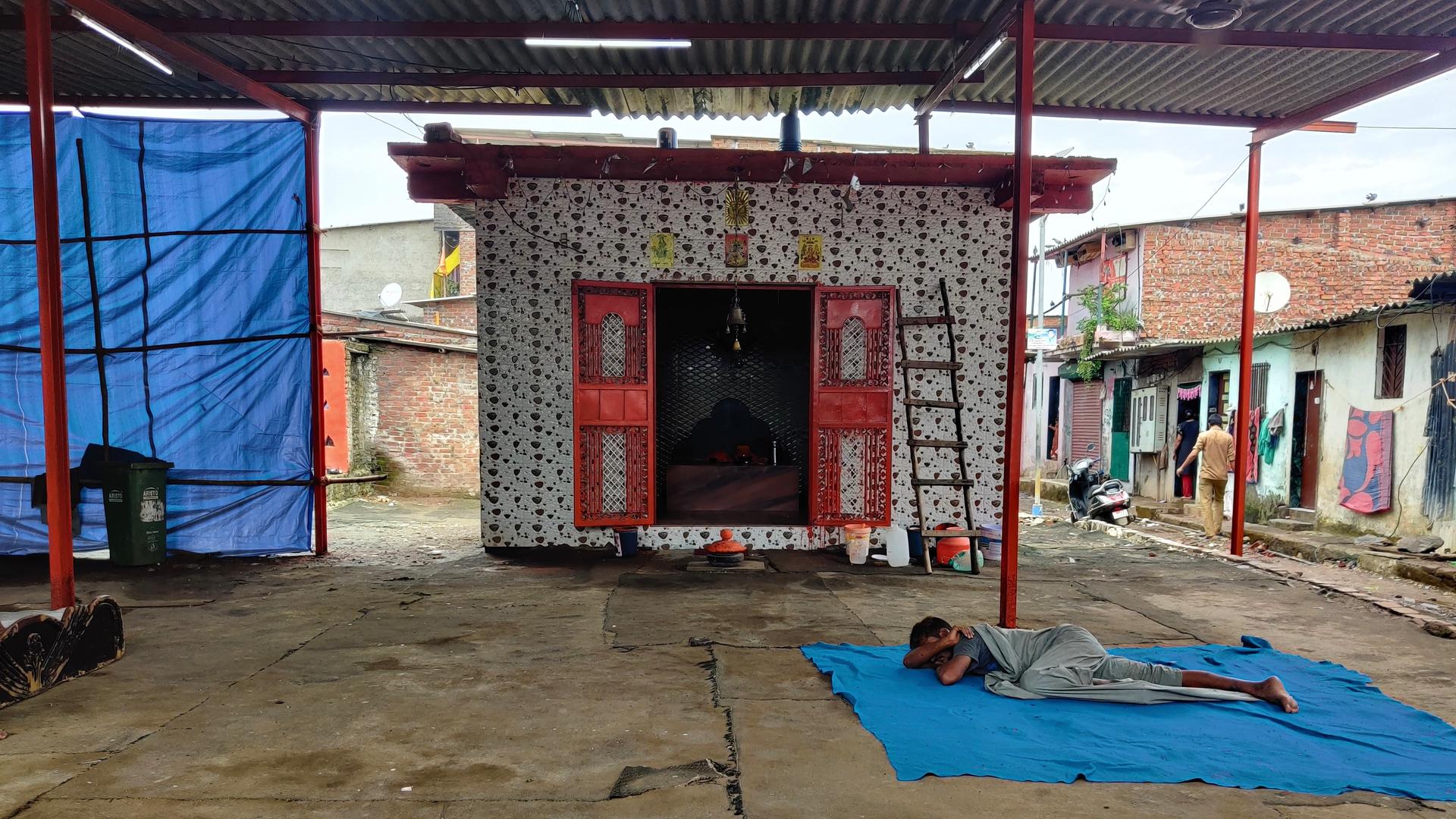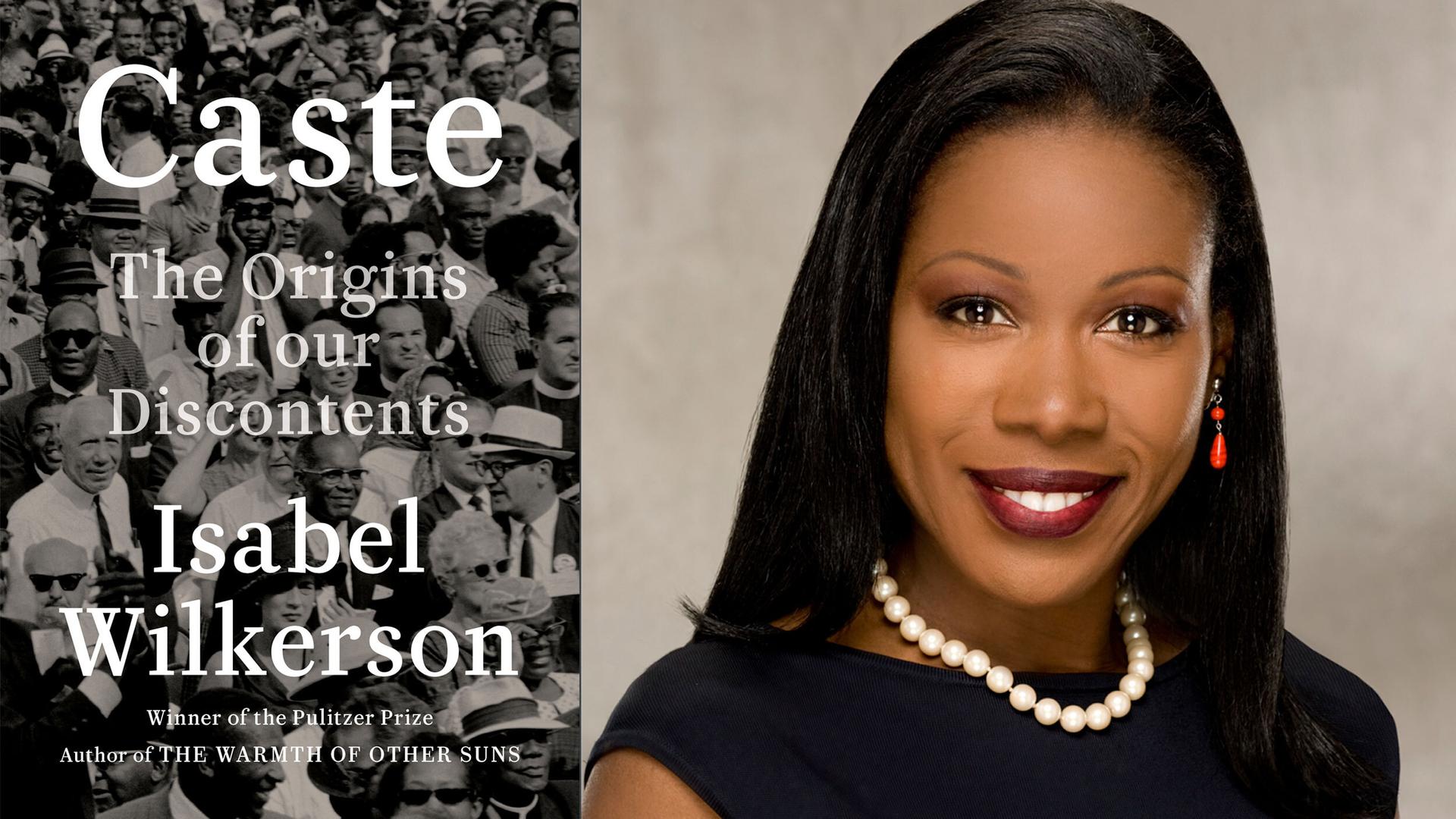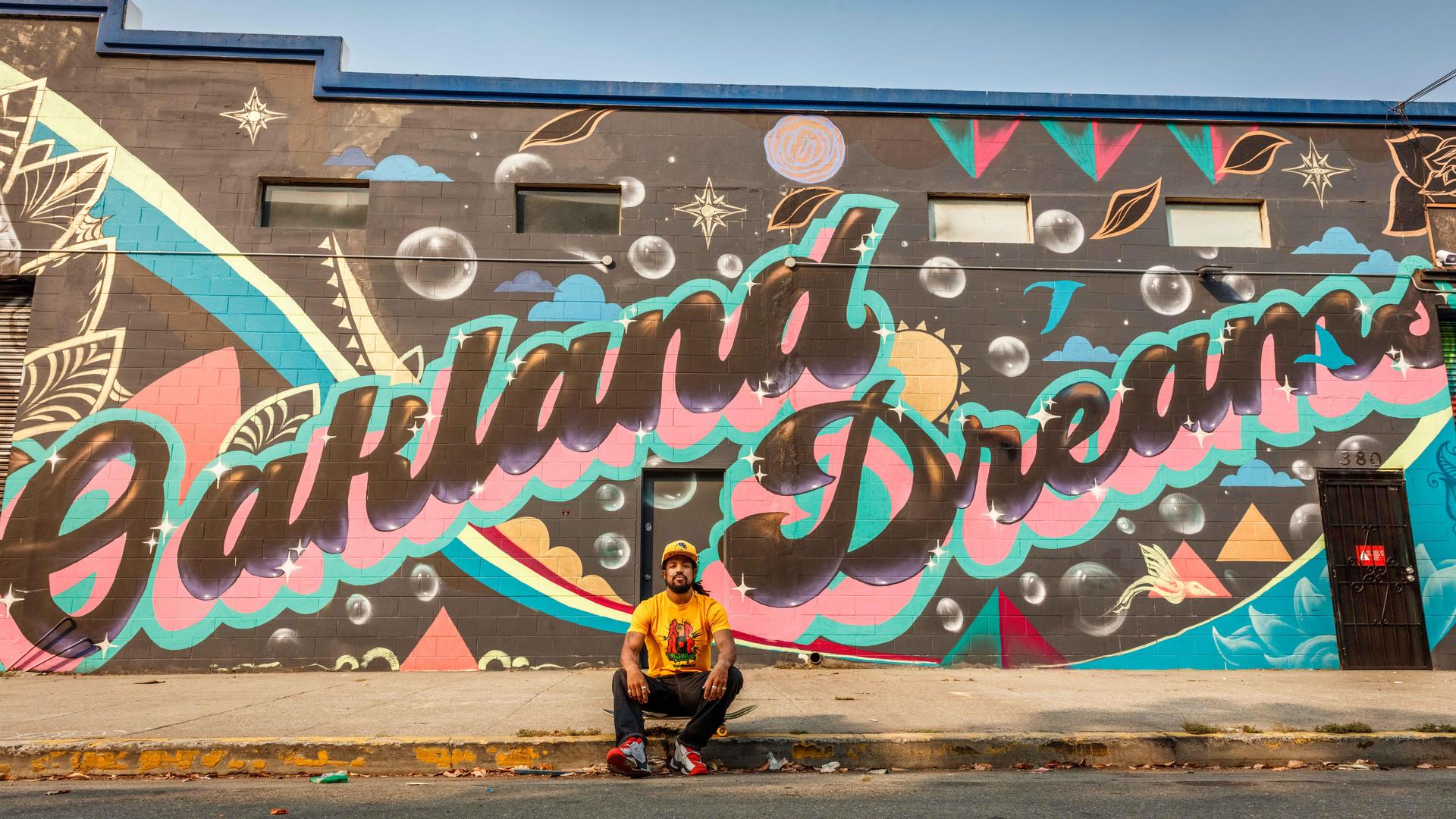Caste
Housing segregation in India has affected millions of people for several generations
For generations, people have moved from rural areas to cities to find opportunities. But new research shows neighborhoods in Indian cities are segregated according to caste and religion, and that impacts upward mobility for residents.
We want to hear your feedback so we can keep improving our website, theworld.org. Please fill out this quick survey and let us know your thoughts (your answers will be anonymous). Thanks for your time!
In India, she was ‘untouchable.’ In New York City, she became an author.
Sujatha Gidla was born ‘untouchable,’ one of India’s lowest castes. She was bullied at school and constantly made to feel ashamed of who she was. Then she moved to New York City and became a subway conductor. Her latest achievement? A memoir about her life in India.
India’s free school lunches can fight — or reinforce — caste discrimination in India
On the one hand, India’s school lunch program encourages children from lower-caste communities to enroll in school. And where the program works well, it brings children from different castes together. But in some states, the program is actually used as a tool to reinforce discrimination.On the one hand, India’s school lunch program encourages children from lower-caste communities to enroll in school. And where the program works well, it brings children from different castes together. But in some states, the program is actually used as a tool to reinforce discrimination.
India’s school lunch program not only fights hunger — it can breed tolerance
When India launched its massive school lunch program, the aim was to boost school enrollment and feed some of the country’s poorest children. But in some schools, it is having an added, and unexpected, benefit — reducing discrimination against those in lower castes. When India launched its massive school lunch program, the aim was to boost school enrollment and feed some of the country’s poorest children. But in some schools, it is having an added, and unexpected, benefit — reducing discrimination against those in lower castes.
Subscribe to The World’s Latest Edition podcast for free using your favorite podcast player:


